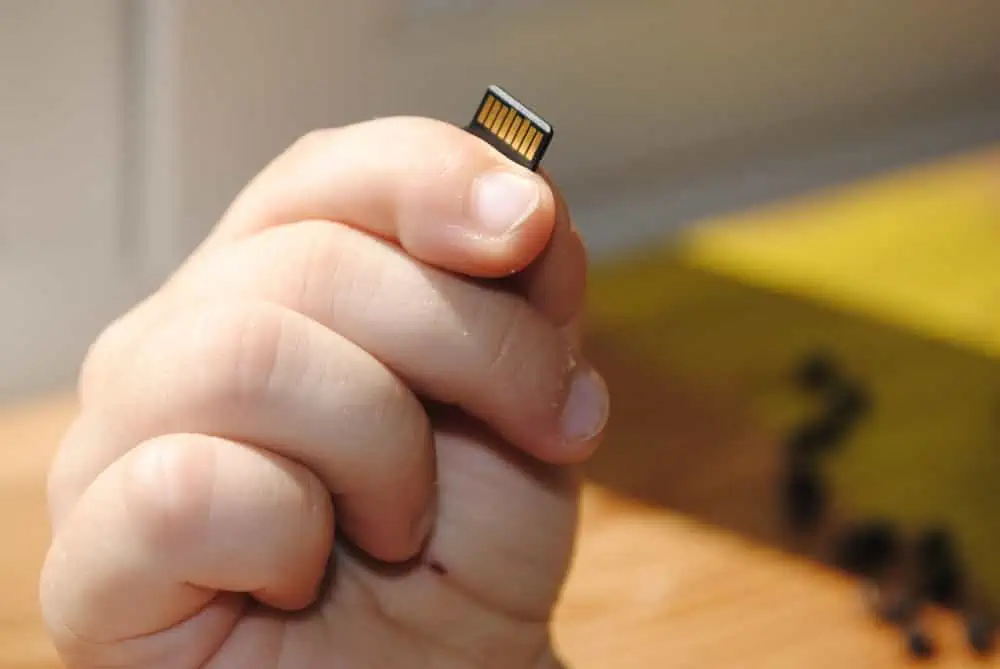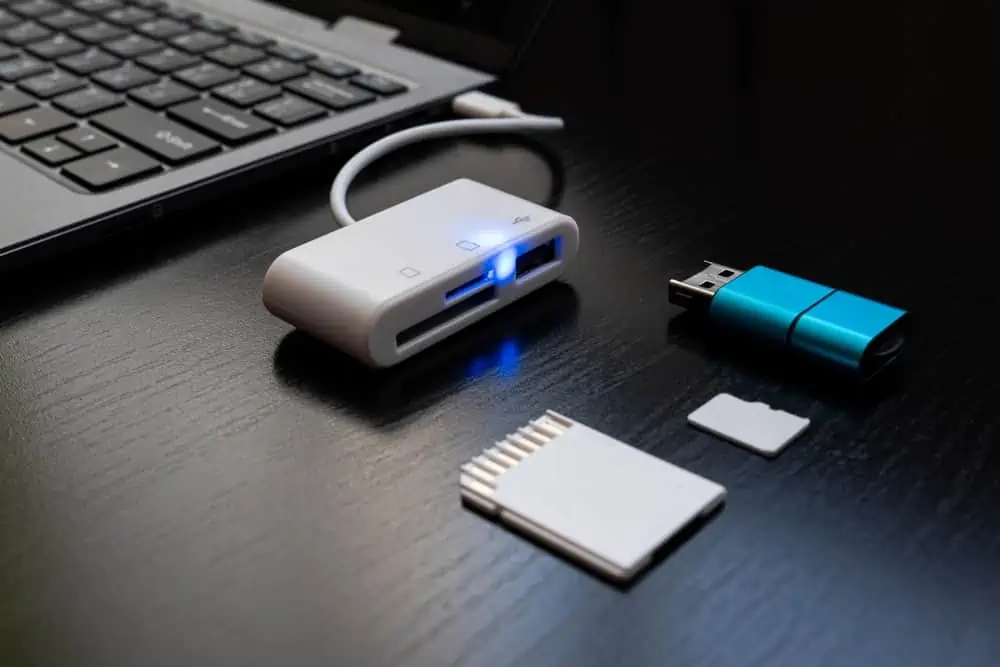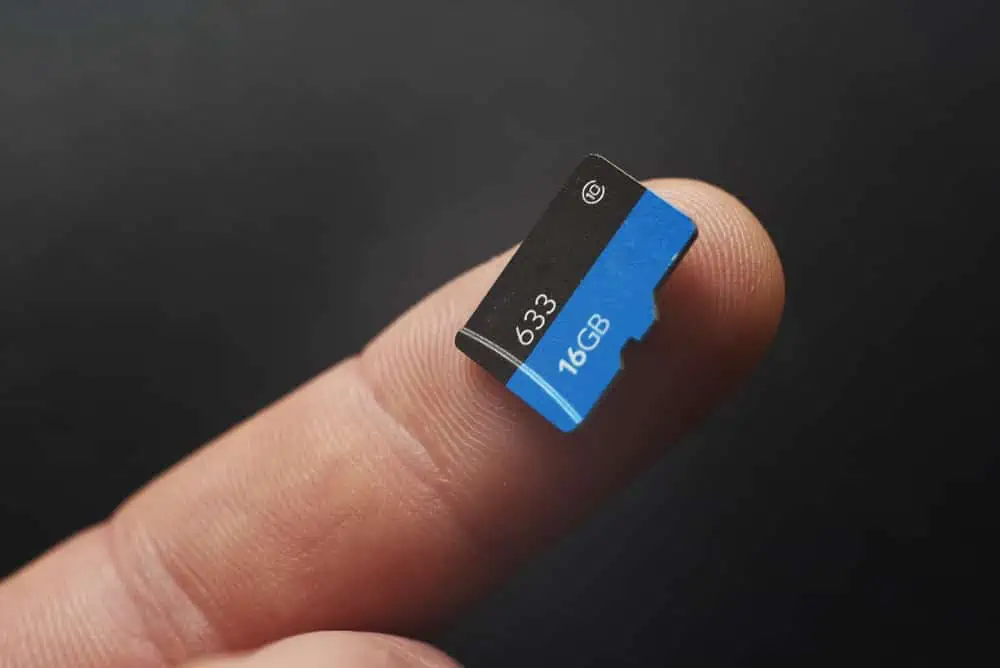Ever noticed “PCIe SSD” in your computer’s specs and wondered what type of SSD it is? Then, you should read this article as I will be discussing everything about this SSD type.
Overview
SSDs have been around for a while, and they are known to be better and faster than hard disk drives (HDD). Like other computer peripherals, SSDs are connected to a computer’s motherboard via links known as interfaces.
Before the arrival of the PCIe interface in 2003, other SSD interfaces has been in existence. One of such SSD interfaces is the popular SATA.
To start with, PCIe is also known as PCI Express and it is the abbreviation for Peripheral Component Interconnect Express. Furthermore, it is a high-speed interface for connecting peripheral devices including SSD to a computer’s motherboard.
Hence, a PCI Express SSD is a type of solid-state drive (SSD) that is connected to a computer via a PCIe interface. In other words, the SSD uses the PCIe interface to communicate with the computer’s motherboard and other hardware components.
Besides, interfaces on a computer’s motherboard operate at different speeds. Hence, as a high-speed interface, PCIe operates faster than most interfaces including the SATA interface.
Therefore, it is fair to say that a PCI Express SSD is faster than a SATA SSD. Thus, if your computer uses a PCIe SSD, it should have an incredibly fast read and write speed.
With PCIe SSD, your computer should also boot faster, compared to a PC with a SATA SSD.
How Does a PCIe SSD Work?
As stated earlier, a PCIe SSD is an SSD that is connected to a computer’s motherboard via a PCIe interface. Moreover, every hardware connected to a computer’s motherboard with PCIe has its own dedicated point-to-point connection.
This point-to-point connection reduces latency and increases data transfer speed. This makes speed the major advantage of an SSD connected to a PC’s motherboard with PCIe over an SSD with other interfaces.
Besides, PCIe makes use of two signal pairs to send/receive data from the SSD to the computer. Each signal pair consists of two wires – one pair used for transferring data while the other for receiving data.
Moreover, a set of signal pairs is called a “lane”. Thus, one lane consists of four wires.
Furthermore, a single lane has the ability to send as well as receive eight-bit data packets simultaneously.
In addition to that, a PCIe interface can feature up to 32 separate lanes. You can get a PCIe interface with 1, 4, 8, 12, 16, or 32 lanes.
Additionally, the number of lanes in a PCIe interface determines its price and data transfer (read/write) speed. Therefore, a PCIe x32 SSD will be faster and more expensive than a PCIe x1 SSD – “x32” and “x1” indicates the number of lanes.
Features of PCIe SSD
Although PCI Express SSD has lots of features, we will be discussing some of the important ones in this section.
Almost Instantaneous Boot-time
SSDs, in general, have no mechanical parts to prepare when booting, unlike HDDs. This makes a computer that uses an SSD to boot quite fast.
However, because PCIe devices use dedicated point-to-point connections, the boot-time of PCIe SSD computers should be almost instantaneous. Hence, I suggest you install your computer’s operating system on a PCIe SSD for a rapid boot time.
That’s if you use multiple storage drives that include a PCI Express SSD.
Communicates Directly with the CPU
Unlike SATA SSD which depends on the RAM to communicate with the CPU, PCIe SSD does it directly. This improves the read and write speed as well as the overall performance of the host device.
Has a Set of Signal Connector Pairs, Known as “Lanes”
As with every other PCI Express device, a PCIe SSD makes use of lanes. Basically, a PCIe SSD uses lanes to send/receive data directly to/from other components in a computer.
Moreover, a single lane consists of four wires or signal traces. Two of these wires are used to send data while the other two are for receiving data.
Furthermore, a PCIe SSD can either consist of 1, 4, 8, 12, 16, or 32 lanes. Apparently, the more lanes a PCI Express SSD has, the faster it will be able to send and receive data.
Likewise, the more lanes it features, the more expensive it will be.
Extremely Low Latency
In general, latency is known as the delay between a command and response. Storage-wise, latency is the delay between when data is requested from a storage drive to when the storage drive sends the data.
Moreover, a typical PCIe SSD has a latency of about 2.8 microseconds which is extremely low and impressive.
Power Failure Protection
As with any other SSD interface, PCI Express SSD allows a device to safely shut down in any event of power failure. It does this so as to protect the data saved on it as well as reduce the risk of data corruption.
Pros of PCIe SSD
Enhanced Speed
As most of us know, SSDs are typically faster than other storage drives. However, due to the fact that a PCIe SSD uses a dedicated point-to-point connection, it has the tendency to be faster than most SSD interfaces.
Besides, the more lanes a PCIe interface has, the faster it will be. As a matter of fact, according to lifewire.com, a PCI Express SSD can get as fast as 16 GB per second.
Can Simultaneously Read and Write (Full-duplex)
Unlike SATA SSDs, PCIe SSDs have the ability to read and write data simultaneously. Hence, your PCI Express SSD computer should be able to open and save data at the same time without affecting performance.
Easy Installation
PCIe SSD is quite easy to install. All you have to do is find the M.2 or NVMe slot on your computer’s motherboard.
After that, loosen the mount screws and carefully insert the PCI Express SSD into the slot.
Smaller Size
PCI Express SSDs tend to be smaller than HDDs and even SATA SSDs. This makes them suitable for various kinds of devices including notebooks and ultraportable laptops.
Ideal for Gaming
Because PCIe SSDs have enhanced speed and point-to-point connection, they are suitable for gaming laptops and gaming in general. In fact, you can install them on gaming consoles such as PlayStation 5 to get improved performance.
Cons of PCIe SSD
Expensive
Because it is a new generation SSD and has improved performance, a PCIe SSD is more expensive than other SSD interfaces. Moreover, its price can also be influenced by the number of lanes it features.
Besides, on a per-GB basis, PCI Express SSDs tend to be more expensive than SATA SSDs. For example, a 256 GB PCIe SSD can be more expensive than a 512 GB SATA SSD.
High Power Consumption
PCI Express SSD seems to consume more power than SSD with other interfaces. However, when performing normal tasks that mostly depend on the CPU or RAM, there shouldn’t be any difference in battery life.
On the contrary, when you perform disk-intensive tasks or continuously transfer data on your PCIe SSD laptop, the battery will drain quickly.
Doesn’t Support All Computers
Upgrading your computer’s storage drive to PCIe SSD is a good thing as it will improve performance. However, don’t act too fast as it isn’t all computers that support this next-generation SSD interface.
Specifically, a PCI Express SSD needs an M.2 or NVMe slot for installation. Sadly, not all computer motherboards have these slots.
Hence, when planning to upgrade to PCI Express SSD, confirm if your computer’s motherboard has an M.2 or NVMe slot.
Smaller Storage Capacity
The maximum storage capacity a PCIe SSD can offer is 8 TB. Even though SSDs are known to feature a small storage capacity compared to HDDs, this is quite limited for a maximum storage capacity.
In fact, a search for the largest-capacity SSD will reveal that a SATA SSD can have a storage capacity of up to 60 TB.
Conclusion
Even though PCIe SSD has been around for a while, I would say it will be around for a while. This kind of SSD isn’t only easy to install, but it also offers enhanced speed and a compact size.
It also has the ability to simultaneously read and write data, thereby improving its overall performance. However, this type of SSD storage drive is quite expensive compared to others such as SATA SSD.
Also, it doesn’t work with all computers as it requires an M.2 or NVMe slot for installation. Nevertheless, if your device has this slot and you require a super-fast storage performance, I suggest you opt for a PCIe SSD.
I hope you now know every important thing about PCI Express SSD. I also hope you found this article easy to understand and comprehensive.
If you did, click on “Yes” beside the “Was this page helpful” question below. You may also express your thoughts and opinions by using the “Leave a Comment” form at the bottom of this page.
Finally, you may find other helpful articles on our Storage & Disk Technology Explained page.



